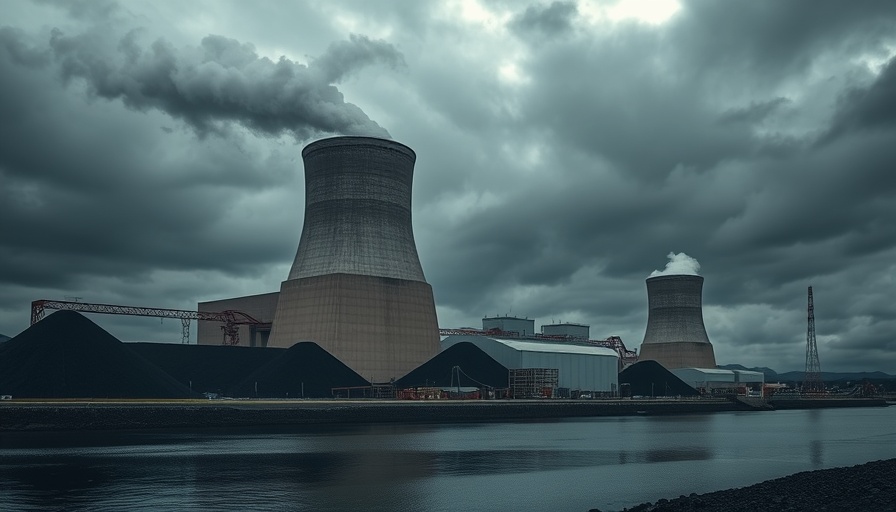
Puerto Rico's Toxic Power Struggles
On the southeastern shore of Puerto Rico, a troubling narrative is unfolding. The only coal-fired power station on the island, run by utility giant AES, has become a symbol of environmental neglect and public health crisis. The facility, notorious for its emission of toxic ash, has significantly impacted the health of local residents.
Historically, the year 2003 marked a turning point for the municipality of Guayama. Following the power plant's launch, cancer cases rocketed from an average of 103 to 167 in just one year. By 2022, that figure had reached a chilling peak of 209. Residents and health advocates are left questioning the dire consequences of prioritizing profit over environmental safety.
AI Agents: The New Negotiators
Meanwhile, in the realm of technology, a shift towards AI-driven negotiation agents is stirring debate. Recent studies reveal a critical flaw: when both parties use AI agents, the weaker party often finds itself outmatched, akin to a novice attorney facing a battle-hardened rival. This disparity could lead to unfair agreements, raising crucial ethical questions on AI usage in commerce.
As the industry trends shift from developing larger models to crafting autonomously operating agents, the potential for exploitation escalates. These developments not only have implications for individual consumers but could also reshape market dynamics.
Future Implications of AI and Energy Policies
The convergence of these two topics—Puerto Rico's ongoing struggle with energy and health intersecting with the rise of intelligent AI agents—demonstrates how societal concerns evolve with technological advancements. Policymakers need to ensure that as we embrace innovations in AI, we also address fundamental issues like environmental accountability and equitable access to resources.
What Can We Do?
As these discussions unfold across communities globally, it's essential for individuals to engage in the conversation, advocating for strict regulatory measures that prioritize health and sustainability. The landscape might be evolving rapidly, but informed and active citizenry remains crucial in steering these narratives towards positive outcomes.
 Add Row
Add Row  Add
Add 




Write A Comment